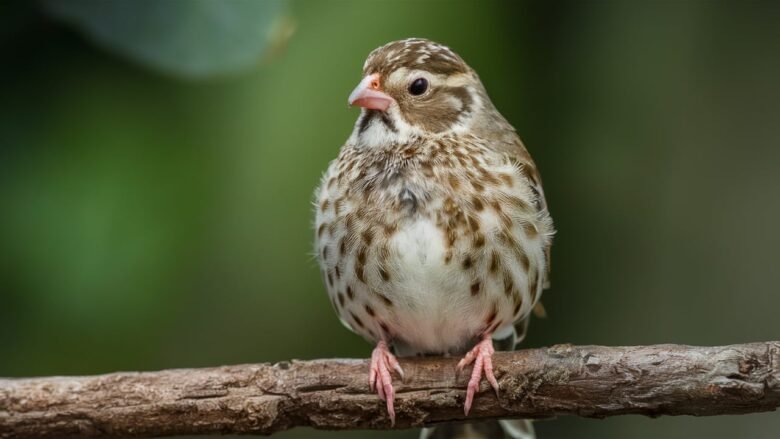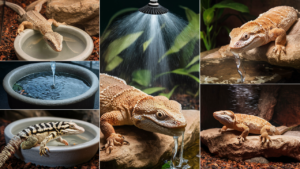Reptiles are ectothermic creatures reliant on their environment to regulate body temperature. This article explores vital aspects of reptile thermoregulation techniques, the various heating elements used in their tanks, and effective methods for monitoring their temperatures, ensuring optimal care for these unique animals.
The Basics of Reptile Thermoregulation
Reptiles, as ectothermic organisms, depend entirely on external environmental temperatures for thermoregulation. This reliance on ambient heat is crucial for their metabolic functions, behavioral patterns, and survival. Adaptations like basking, burrowing, and active temperature selection allow reptiles to thrive across varied habitats, significantly enhancing their life processes. Through these mechanisms, they effectively manage energy expenditure, optimize foraging, and facilitate reproduction, showcasing an intricate balance essential for their existence.
Common Thermoregulation Techniques
Reptiles exhibit diverse thermoregulation strategies vital for their health. For instance, many species bask in sunlight, absorbing warmth to elevate their body temperature. Others seek shade during peak heat, conserving moisture and avoiding overheating.
Certain reptiles, such as iguanas, utilize the behavior of burrowing to escape extreme temperatures, while aquatic species often immerse themselves in cool water to regulate their body heat. Additionally, social behaviors, like group basking, allow individuals to share warmth, maximizing energy efficiency.
Habitat selection plays a key role; reptiles choose environments that meet their thermal needs, demonstrating remarkable adaptability. Understanding these techniques not only highlights the complexity of their behaviors but also underscores the necessity of replicating these conditions in captivity for their welfare.
Heating Elements for Reptile Habitats
Heating elements for reptile habitats are essential for replicating natural conditions. Common types include heat lamps, which provide direct warmth and light; under-tank heaters for floor warmth; and ceramic heaters that offer consistent, indirect heat.
Heat lamps create a basking spot, promoting thermoregulation for diurnal species. However, they can dry out substrate and must be monitored to prevent overheating. Under-tank heaters effectively warm the substrate but may not offer adequate ambient warmth for larger tanks. Ceramic heaters maintain steady temperatures without light, ideal for nocturnal reptiles but can be challenging to install correctly.
Choosing the right heating element depends on the reptile’s size, enclosure type, and thermal needs. For example, small reptiles often benefit from heat lamps, whereas larger or burrowing species may thrive with under-tank heaters. Each method requires careful consideration of the species’ natural habitat to prevent stress and ensure proper health management.
Monitoring Reptile Temperatures
Accurate temperature monitoring is vital for reptile well-being. Using digital thermometers, temperature guns, and data loggers ensures precise readings. Employing multiple devices across the enclosure helps create essential temperature gradients to facilitate basking, digestion, and metabolic function, promoting overall health.
Best practices include regularly checking temperature zones, maintaining a basking area between 90-110°F, with cooler zones around 75-85°F. Utilize sticky thermometers for easy visibility and calibrate devices periodically. Integrating monitoring tools into the habitat helps detect fluctuations, enabling necessary adjustments to heating systems for species-specific needs.
Creating an Optimal Heating Environment
Creating an optimal heating environment is essential for reptiles’ health and behavior. Establish thermal gradients by combining various heating elements, such as heat mats, basking lamps, and ceramic heaters. Adjust these components seasonally, tailoring them to specific species’ needs for maintaining their metabolic function and overall well-being. Monitor ambient temperatures to ensure the habitat remains suitable, fostering a diverse environment that allows reptiles to self-regulate. Use timers and thermostats to automate heating solutions, improving reliability and reducing stress for both the animals and their caretakers.
Conclusions
Effective temperature regulation is essential for the health and well-being of reptiles. By understanding their thermoregulation techniques, utilizing appropriate heating elements, and continuously monitoring their environments, caretakers can foster a thriving habitat for these fascinating creatures.



